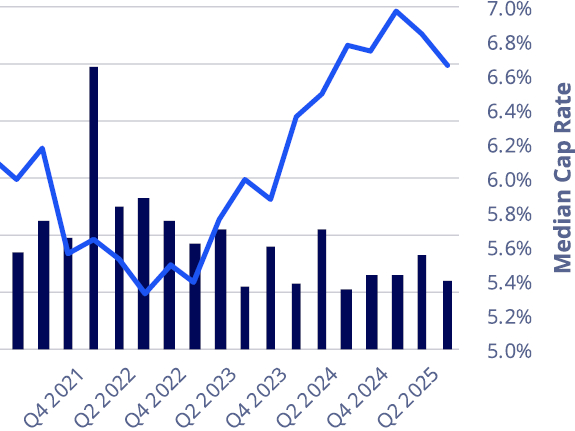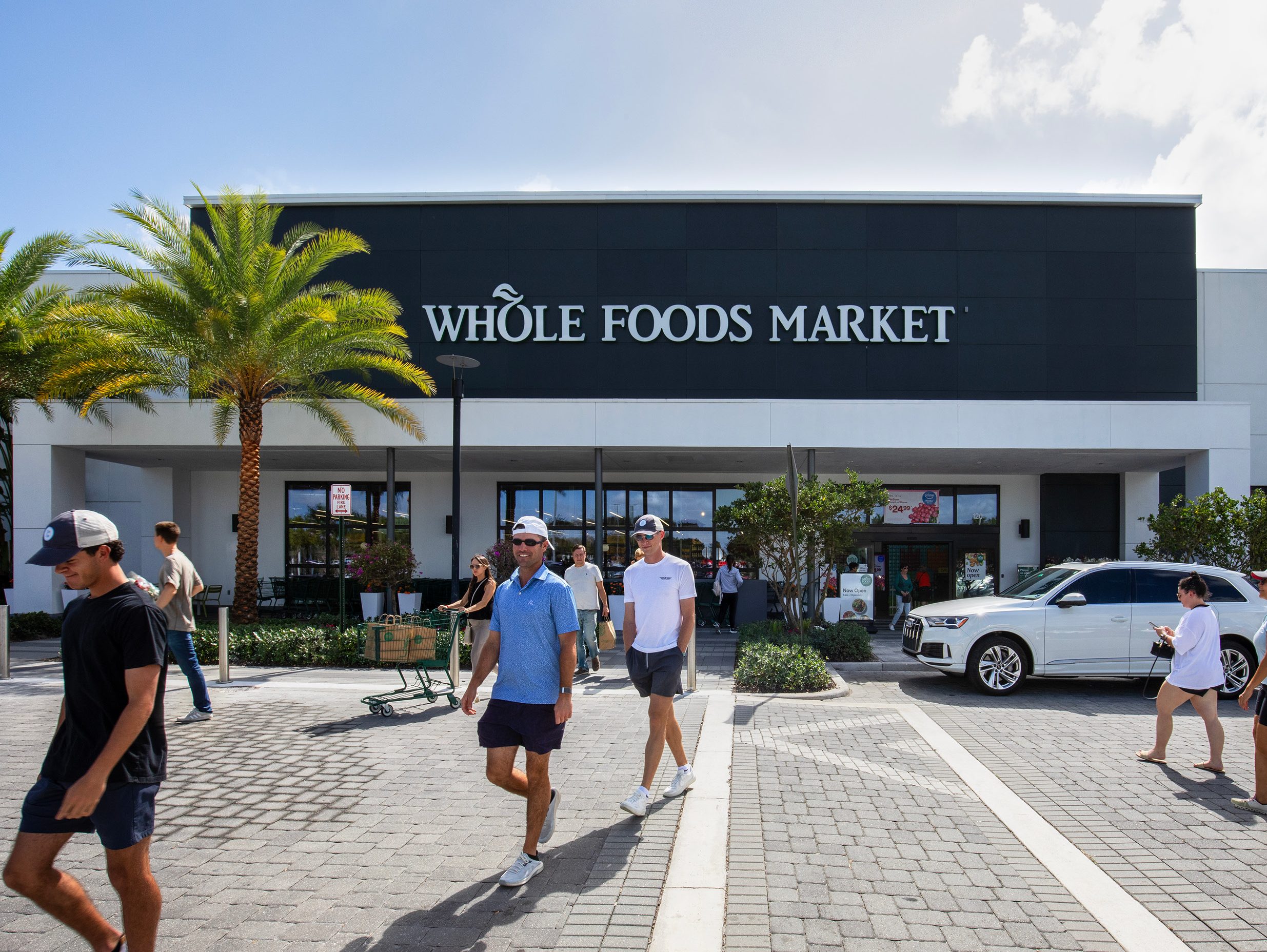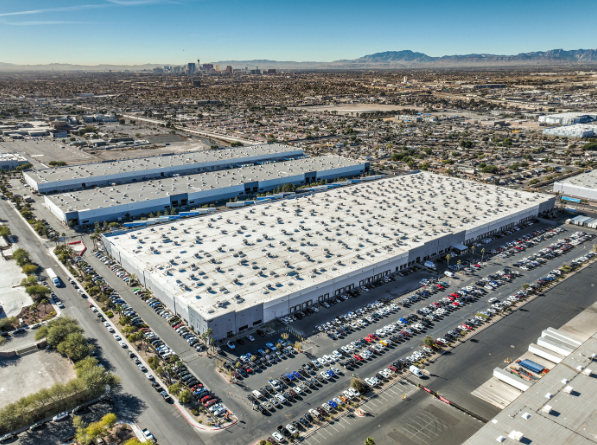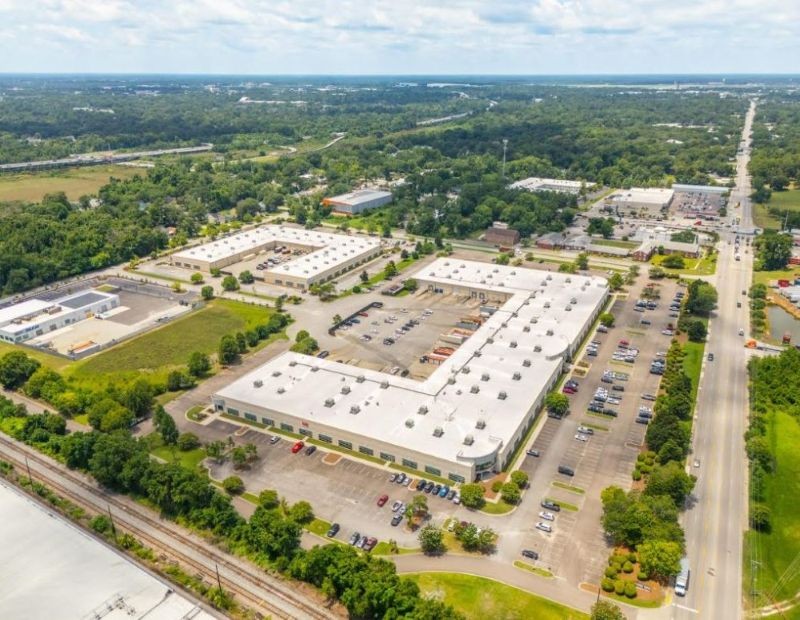The 20-Minute Neighborhood Myth: Detroit & NYC Case Studies
J.P. Morgan Chase Institute researched the shopping habits of New Yorkers and Detroiters to find that most people preferred retailers outside of their 20-minute neighborhood.
By Alexandra Pacurar
How far would you go to do grocery shopping? How about a new wardrobe? The first key finding of the J.P. Morgan Chase Institute’s “Going the Distance” brief was that in 2016, residents of Detroit and New York made 71.6 percent and 56.8 percent of transactions outside of their 20-minute neighborhood. Also, distance between residents and their chosen merchants dropped in both cities between 2013 and 2016. Marvin Ward, researcher at the institute, offered a more in-depth perspective on the report and discussed how e-commerce will influence the shopping habits of Americans.
CPE: What were the premises that stood at the basis of this research? How did it all begin?
Marvin Ward: Geographic specificity is generally one of the strongest features of our data and being able to speak to local activity is one of our best opportunities to fill in the gaps from existing data sources. The Local Consumer Commerce Index speaks to consumer spending growth in 15 local markets each and every month. However, reporting at the metropolitan area level is just the tip of the iceberg. Each one of the transactions we see carries the zip codes of both the consumer and merchant, which gives us a lens inside cities. Conversations with local decision-makers, particularly in Detroit, made it clear that there is a real demand for this kind of economic intelligence.
In short, they want to better understand what is happening on the ground. After processing the kinds of questions that we were being asked about the spatial variation in commercial activity and variation in resident access to local amenities, we came up with an analytic frame that felt like a plausible and safe path forward. The outcome of that effort was our “Going the Distance” brief.
CPE: Were the research findings as expected? Why (not)?
Ward: We broadly expected that the broad trend of movement into cities would be associated with declining distances between consumers and merchants for a couple reasons. First, more people coming in means that more parts of a city are inhabited, and even if the retail provider stock didn’t change, we’d see folks ending up closer to existing providers. Second, increasing urban populations mean increased demand for local goods and services, which would likely induce would-be retail providers to enter the market. Of course, general trends are a far cry from the dynamics of a single city, so it’s important to measure.
Furthermore, both Detroit and New York have active efforts by local governments and actors to make each city more accessible. I think the most interesting thing about this report was measuring access trends over time, and getting a view of variation. Sure, access is increasing, but by how much? Who is benefiting? We saw how much farther low-income residents live from merchants than high-income residents and which kinds of goods were most accessible. Also, it was surprising to see how much the distances varied within each city.
CPE: In 2016, residents of Detroit and New York made 71.6 percent and 56.8 percent of transactions outside of their 20-minute neighborhood, respectively. What does this tell us about the shopping habits of Detroiters and New Yorkers?
Ward: In a nutshell, it tells us that Detroit residents are far less likely to shop in their own neighborhoods. This fits with broad conceptions of Detroit being a more car-centric and less dense city than New York. It is also consistent with the idea that Detroit has enough space to make a few large providers more likely, while New York is more conducive to a multitude of small providers. However, I don’t think many people have a good handle on exactly how much of a difference these kind of city-specific characteristics can make.
CPE: How can the data in the “Going the Distance” report influence economic development in the two cities?
Ward: Well-informed, tactical investment is how cities can get the most bang for their buck. The best opportunities are those which bring in retailers that fill the most pressing market gaps, and understanding how access varies across a given city helps. To help that effort, the J.P. Morgan Chase Institute has made a methodological contribution in “Going the Distance.”
The brief provides a frame for understanding amenity access by establishing a baseline (distance from merchant) and a trend (how distance changes over time). It also provides a method for comparing different parts of the city and different population groups. Even though we chose to look at retail in Detroit and New York, many aspects of our method are fairly general given a data set with spatial content. I think our hope is not to get local decision-makers to drop the tractable tools they have used in the past, but rather to expand their repertoire and use the right tool for the job.
CPE: One of the key findings of the research was that distances between residents and their chosen merchants dropped in both cities between 2013 and 2016. Do you see this trend continuing in the following years?
Ward: As mentioned above, the broad expectation is that these distances have a downward trend in the near term, but the capacity of a city to have enough space for more people and businesses is always going to be a constraint down the road. With respect to parsing the drivers of that decline more cleanly, I think that gets a bit harder. The fact is that we observe the distance associated with a transaction, but we do not observe consumer or firm strategy. If the merchant distances to grocery stores in a given neighborhood get cut in half, we have no real way to tell if it’s because consumers suddenly like a closer existing provider or a new entrant into the market has decided to site closer to the neighborhood.
The best we can do is try to draw inferences based upon the nature of the goods/services sold and potentially other information we may have about the local economy. For example, we expect fewer people to pass up the closest pharmacy store than the closest clothing store because the offering of goods at pharmacy stores is more homogeneous than clothing stores.
CPE: Do you think e-commerce will influence the statistics in the future? In what way?
Ward: E-commerce is likely to have an uneven impact for a couple reasons. First, some goods are more amenable to remote purchase and delivery than others. For example, non-durable purchases (e.g. books) are increasingly available from online providers and easy to purchase without in-person inspection. This may put upward pressure on the distance to providers of these goods. By contrast, proximity to grocery stores is likely to remain relevant given the logistical and timing challenges of delivering groceries.
There may also be differences across the income spectrum, to the extent that higher-income consumers may shift the composition of their purchases towards online channels at a faster rate. Since the basket of goods and services purchased by high-income consumers looks different than the basket purchased by low-income consumers, there may be some implications for demand on this front as well. Online commerce is a natural step in the direction of creating better matches between consumers and merchants, but it comes with some serious measurement challenges. We just don’t have a lot of good publicly available data in the area, which is why JPMCI is tackling this effort head on. Look for our first analysis of online commerce later this year.
Image courtesy of J.P. Morgan Chase Institute








You must be logged in to post a comment.